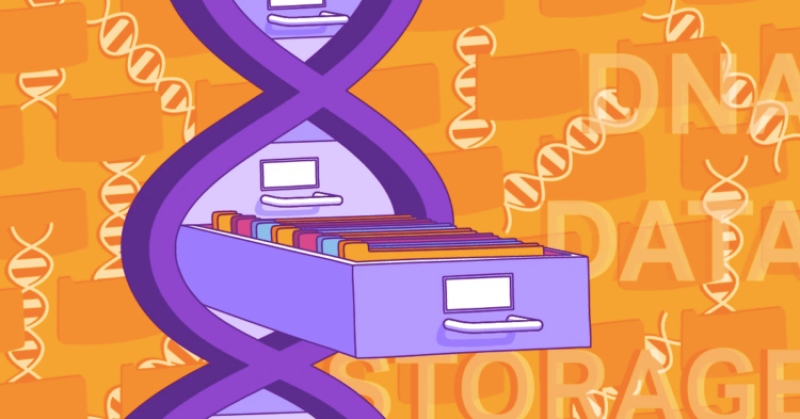In 1956, the first computer was shipped with a hard drive. The IBM 305 RAMAC drive contained fifty 24-inch platters, was the size of two refrigerators, weighed a ton, and had a mere 5 megabytes of space—essentially the file size for the latest Beyoncé single.
Yet, the supply of data storage—due to storage maintenance and replacement costs, density limitations, and energy and sustainability concerns—is not keeping pace with the ever-growing demand. After all, our social media posts and Netflix series must be stored somewhere!
One solution to reduce both the physical and carbon footprints of traditional storage is DNA-based data storage—encoding files commonly stored on a computer, hard drive, or tape reel and synthesizing synthetic DNA strands. DNA data storage is not just a theory being tossed around over libations in beer halls or late-night talk shows: there are ample predictions indicating a fruitful near future.
According to Daniel Chadash, Sr. director of DNA data storage at Twist Bioscience, there needs to be a holistic approach to tackle the DNA data storage problem. “If you want to build an electric car, you can’t just develop an electric motor. You need companies to build the rest, like the chargers or the batteries,” Chadash told GEN Biotechnology. With the common goal to enable the full potential of DNA data storage as a new storage medium across existing and emerging archival storage use cases, Twist, Illumina, Microsoft, and Western Digital formed The DNA Data Storage Alliance (DDSA) in 2020.































